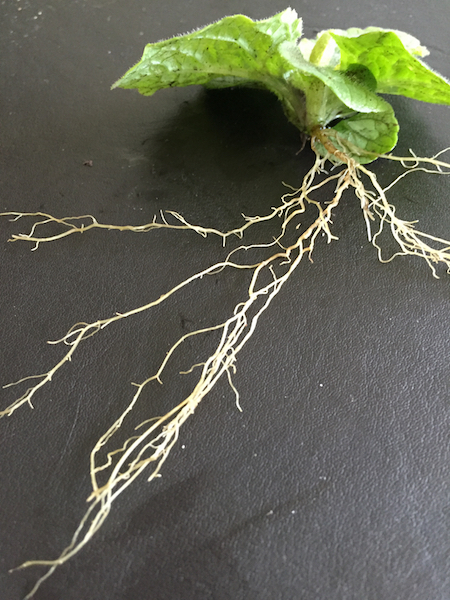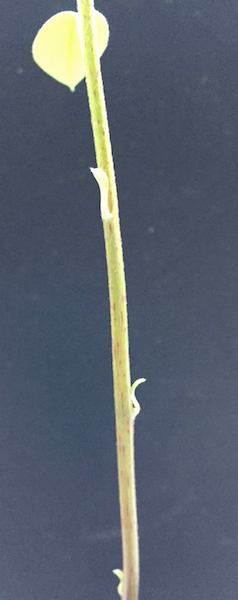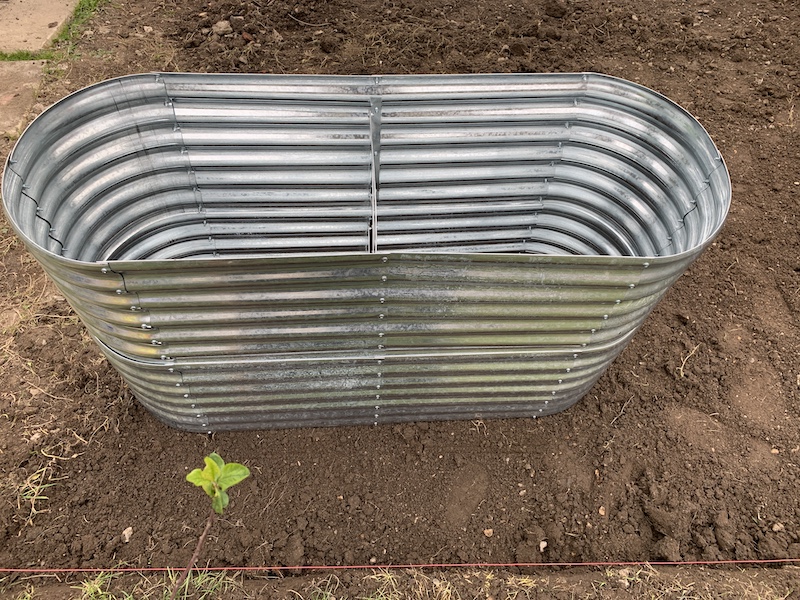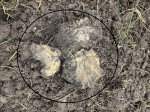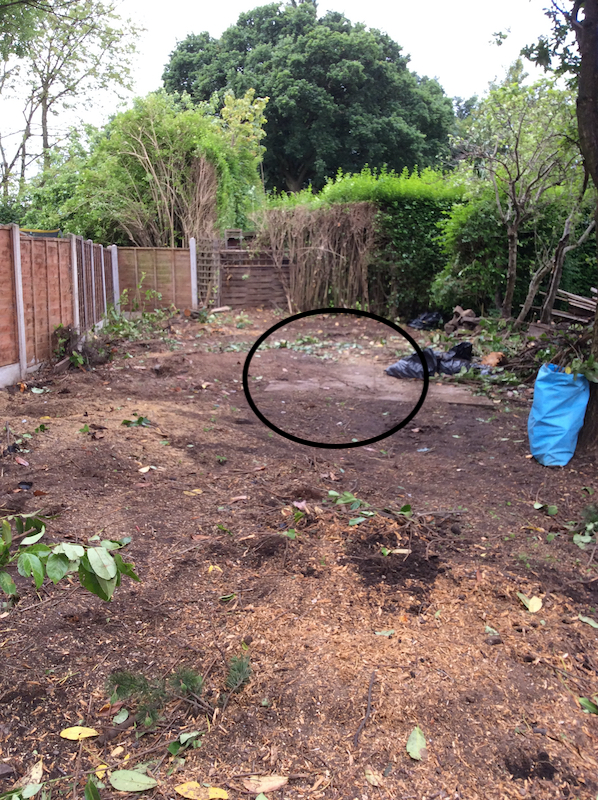Parts of a Plant
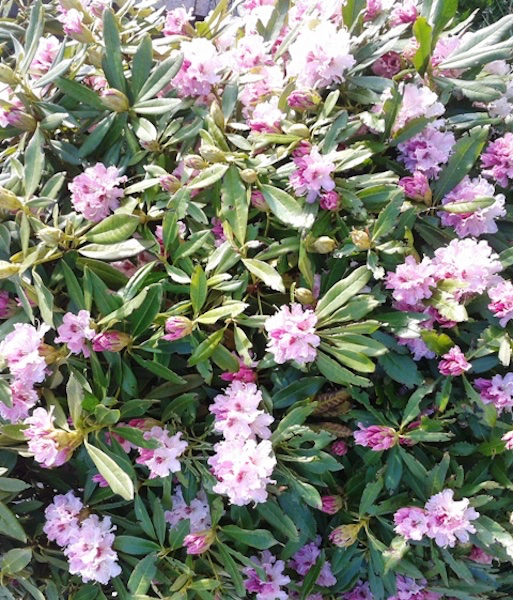
Learning about the different parts of a plant is one of the first things to understand when making a garden. There is such a lot of chemical and scientific reactions that take part inside and outside of the plant which seems really complicated.
The plant can be a flower, tree, vegetable, fruit or weed even and they all have the same components.
Plants are extremely important in the world as they take in carbon dioxide and release oxygen into the atmosphere. Large area of the world are coniferous or deciduous forests that house lots of trees which breathe for the world and really should be valued.
If plants, especially trees, are removed through cultivation then more should be planted in their place.
What are the parts of a plant.
The Roots
When a seed is planted it is the roots that start to develop first. These play an important role in the chemical exchange of water, nutrients and gases between the plant and the soil, so is really the business end of the plant.
There is usually a main root, more secondary ones and lots of fibrous roots that travel underground in order to get the nutrients the plant needs.
Water is taken up by the root hairs via osmosis. This is where the water travels through a membrane (in this case the wall of roots) from an area of low salt concentration (the ground) to an area of high concentration (the plant).
If a plant is moved from one site to another then special care should be taken and the plant watered until the fibrous root system is establish again.
They also anchor the plant into the ground so sometimes if a new plant is tall it may need staking in place so the force of the windy weather doesn't cause it to bend over.
The Stem
These can be strong upright ones or bendable, weaving ,trailing ones as it depends on the type of plant.
The stem or trunk of a tree is very strong and upright where as a stem of a climbing plant such as a clematis is much more flexible and twist around other plants for support.
These are an example of two extremes with lots of variations in-between but both do the same job which is to transport food and water to the other areas of the plant. They also protect the plant.
The Leaves
This is another part of a plant where some chemical activity takes place.
The colour green that we see in the leaves contain Chlorophyll, the surrounding light energy is absorbed by the leaves and used to turn water back into the separate oxygen and hydrogen molecules that water is made from originally.
The oxygen is not needed so is returned back to the air through the leaves leaving the hydrogen that the plant can use.
Hydrogen is mixed with carbon dioxide to get sugars that feed the plants through a very complicated but fascinating process.
Water is lost through evaporation through the parts of a plant, so in dry areas the leaves will be very small to stop the plant losing too much moisture.
In deciduous trees the leaves are only grown for one year and then fall off the tree around autumn.
The Buds and Flowers
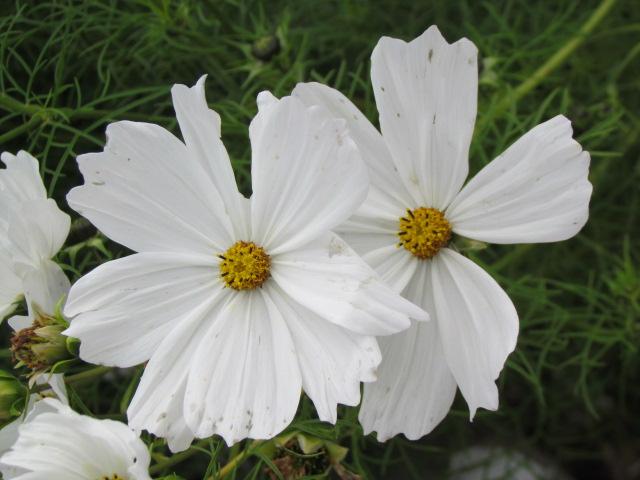
Buds are the parts of a plant where the start of the flower or blossom happens. The Flowers can be the pretty parts of the plant and the part that produces the next generation.
From the flower the fruit whether it be a berry, nut, vegetable or fruit will form from the flower because within this lies the egg usually at the base.
The pollen which is needed to fertilise the egg is held on top of a stamen in the anther. When looking at the flower these can be seen quite easily.
The pollen needs to get to the egg so that the fruit of the flower (seed, nut etc) can form and make another plant. Bees, butterflies and other insects help with this process when they collect nectar from the flower. The pollen sticks to their body and when they go from flower to flower the pollen is transferred.
Some flowers are self pollenating but flowers have a pretty scent and colour to attract insects to them for this purpose.
The more basic a plant is the easier it is for the bees to do their work. Double blossom flowers look lovely but are harder for the bees to get the nectar and in some cases it has gone completely through breeding.
It is always a good idea to plant a variety of flowers. Some to please the humans and others to please the wildlife.
Learning about the many different parts of a plant is really fascinating and there are plenty to books to help.
- Home
- Parts of a plant
